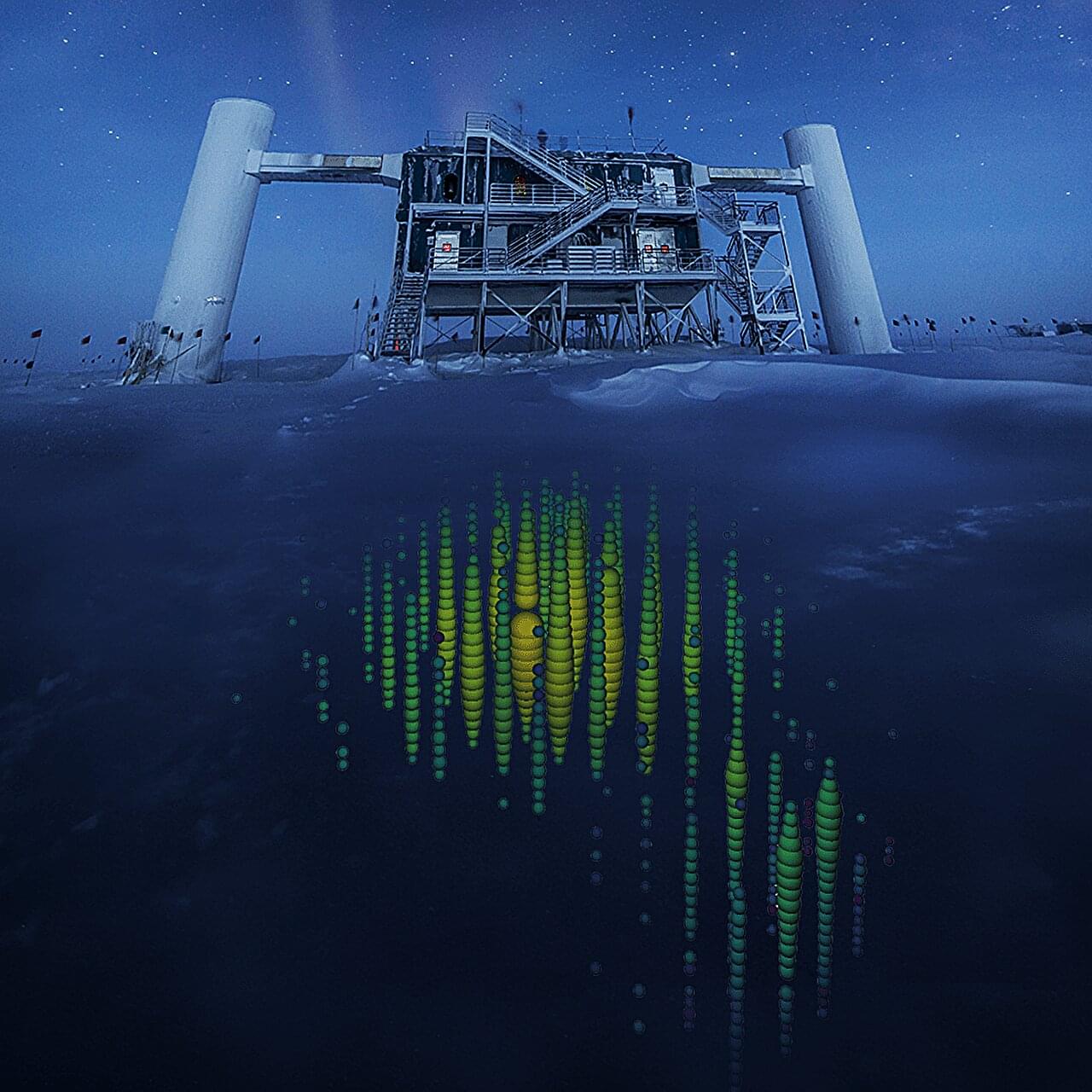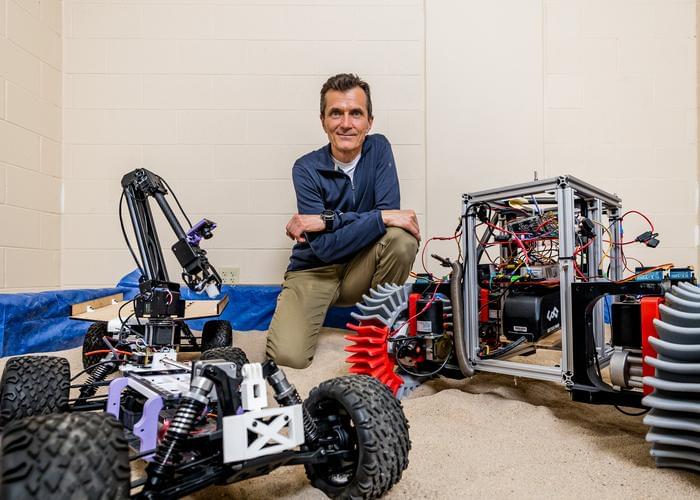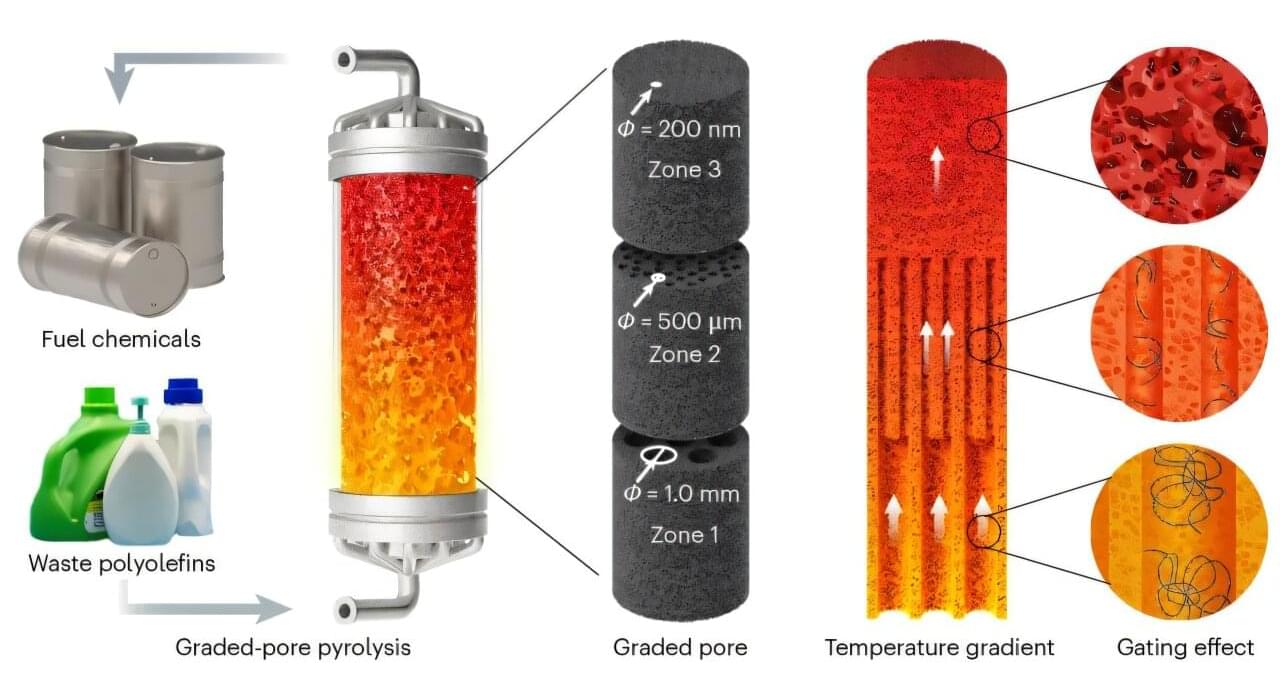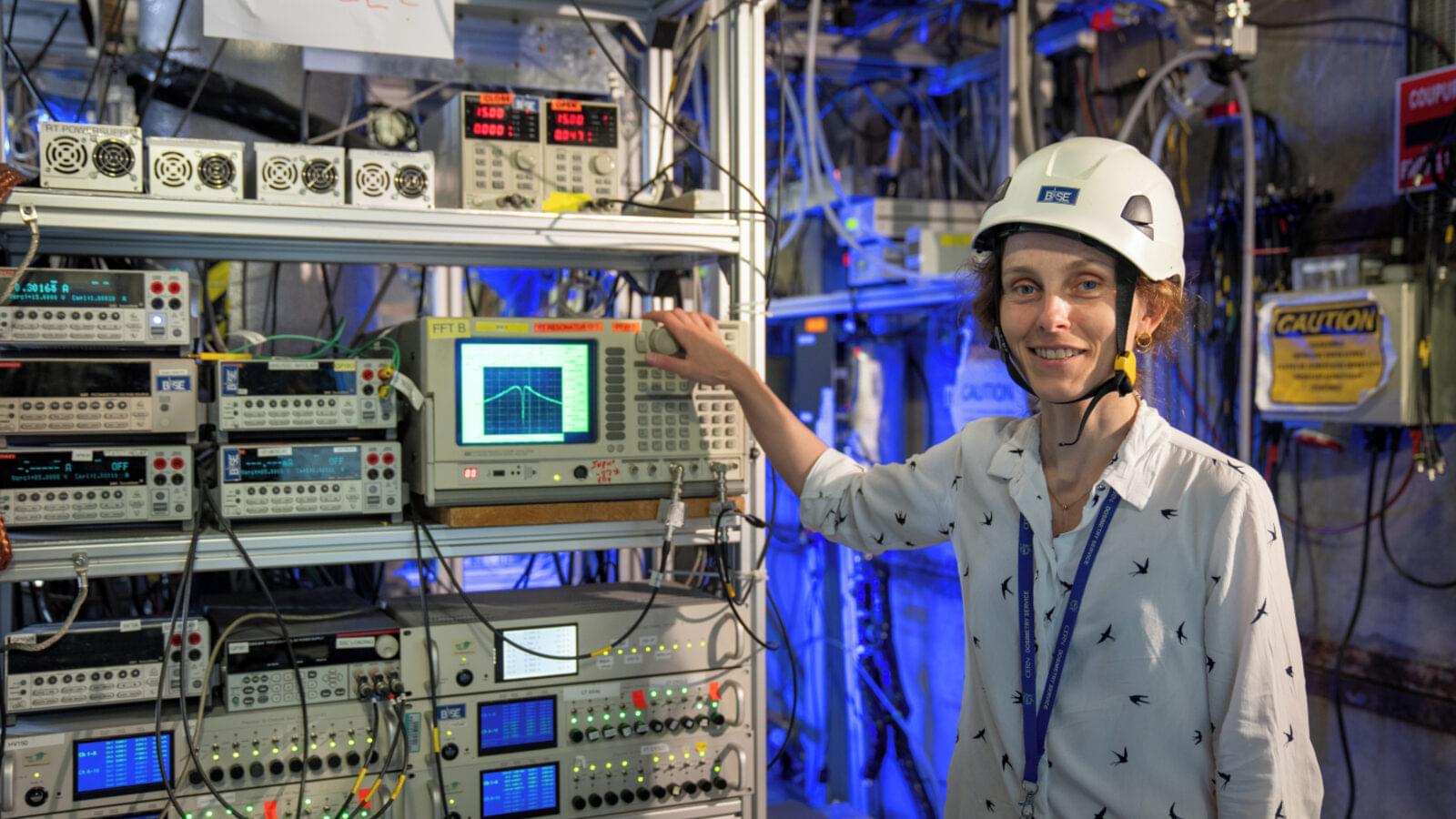Metallic material shows rare one-dimensional magnetism, unlocking new possibilities for quantum tech and spin-based memory devices.



Neutrinos are subatomic particles with no charge and very little mass that are known to weakly interact with other matter in the universe. Due to their weak interactions with other particles, these particles are notoriously difficult to detect.
A class of neutrinos that has so far proved particularly elusive to detection methods are extremely-high-energy neutrinos, which have energies above 1016 electronvolts (eV). Physical theories suggest that these neutrinos would be produced from very energy-intensive astrophysical phenomena, such as interactions of ultrahigh-energy cosmic rays.
The IceCube Collaboration, a large group of researchers based at various research institutes worldwide, has been searching for extremely-high-energy neutrinos for over a decade. Their most recent findings, published in Physical Review Letters, set constraints on the proportion of protons in ultrahigh-energy cosmic rays, for the first time relying on data collected at the IceCube observatory, while also placing limits on the diffuse flux of extremely-high-energy neutrinos.



:3year 2019
If e-bikes tend to look a little ungainly for your tastes, check out this thing from Barcelona’s Nua Bikes. With the motor, sensors and battery built into a discreet hub unit, the Nua Electrica is barely distinguishable from a regular fixie, and its innovative “self-charging” mode means you can get away without ever charging it.
Weighing in at just 13 kg thanks to a full titanium frame, the Nua Electrica is the stealthiest single-speed e-bike we’ve seen to date. It uses a very cool motor/battery combo unit that we suspect we’ll be seeing a lot more of in the coming months and years.
The Zehus Bike+ is an all-in-one hub unit that weighs just 3 kg (6.6 lb) and fits into any frame with a rear wheel dropout 120 mm (4.7 in) or wider. It contains a 250-watt motor, a 160-watt-hour battery, several sensors, a Bluetooth communications system and all the electronics required to run an e-bike.

As tons of plastic waste continue to build up in landfills every day, Yale researchers have developed a way to convert this waste into fuels and other valuable products efficiently and cheaply. The results are published in Nature Chemical Engineering.
Specifically, the researchers are using a method known as pyrolysis, a process of using heat in the absence of oxygen to molecularly break materials down. In this case, it’s used to break plastics down to the components that produce fuels and other products. The study was led by Yale Engineering professors Liangbing Hu and Shu Hu, both members of the Center for Materials Innovation and Yale Energy Sciences Institute.
Conventional methods of pyrolysis often use a catalyst to speed up the chemical reactions and achieve a high yield, but it’s a method that comes with significant limitations.

A new international study has introduced Curved Neural Networks—a new type of AI memory architecture inspired by ideas from geometry. The study shows that bending the “space” in which AI “thinks” can create explosive memory recall—an effect similar to a lightbulb moment in the human brain. The research opens new paths for brain-inspired computing, neuroscience, and even next-gen robotics, offering tools to better understand memory itself.
What if artificial intelligence could remember things not just well, but faster or more reliably? A new international study has introduced a novel type of AI memory —one that addresses the challenge not with more data, but with geometry.
A team of researchers from the Basque Center for Applied Mathematics (BCAM), Araya Inc., the University of Sussex, and Kyoto University has developed a new class of AI models called Curved Neural Networks.


